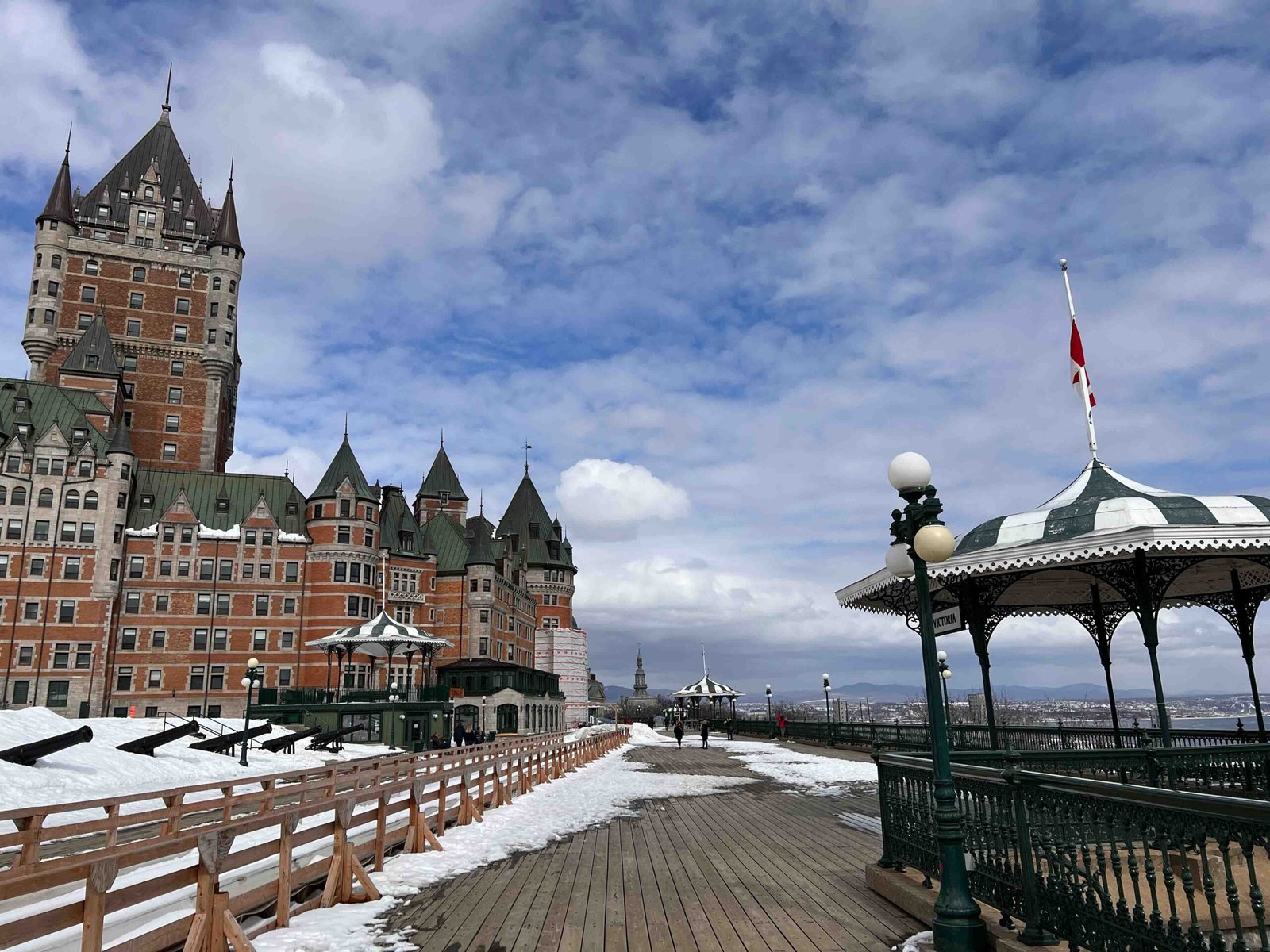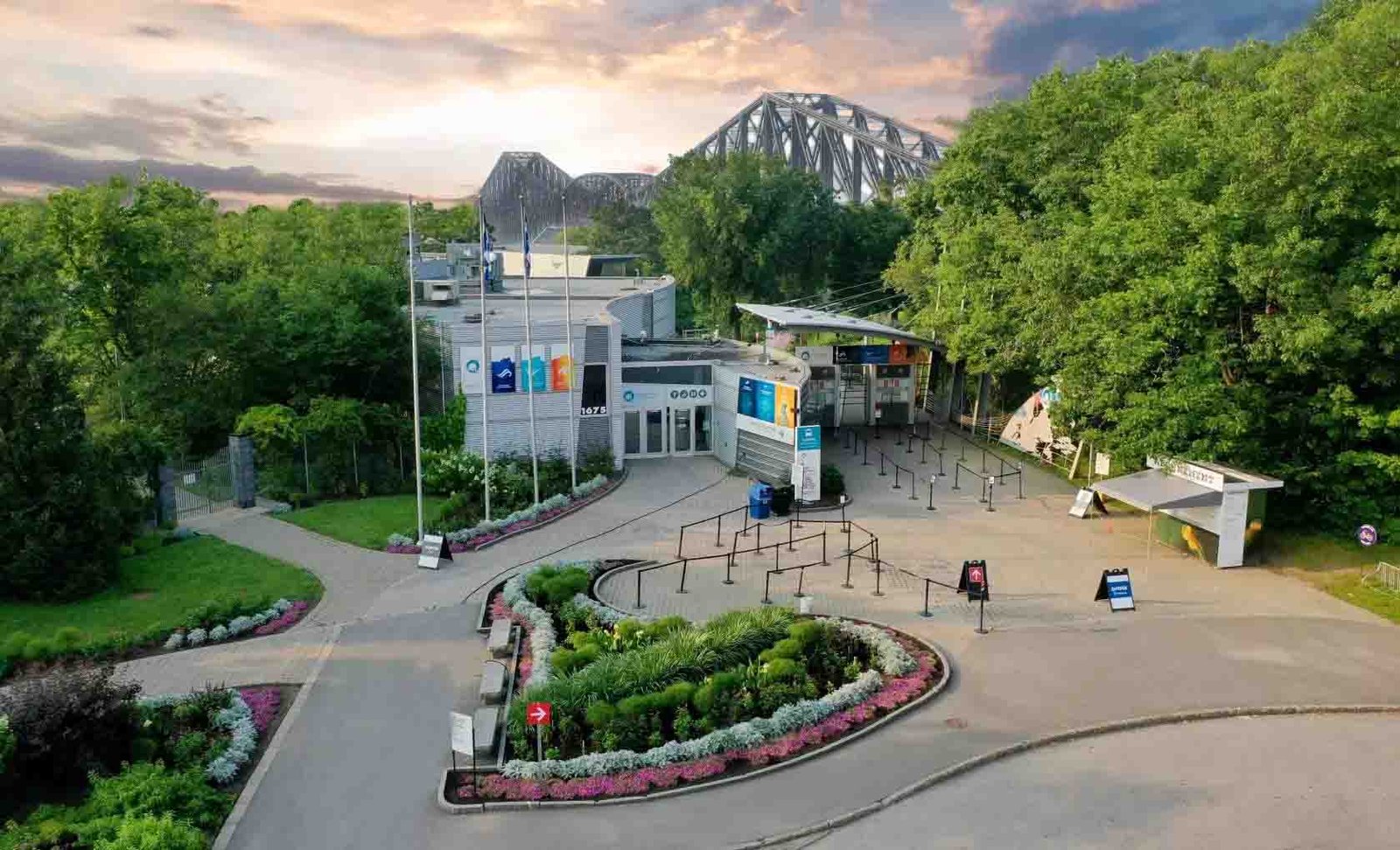A Visitor’s Guide to the Rideau Canal: History, Activities, and Scenic Views
The Rideau Canal, one of Canada’s most iconic landmarks, stretches 202 kilometers from Ottawa to Kingston, Ontario. This historic waterway, built between 1826 and 1832, is recognized as a UNESCO World Heritage Site and offers year-round recreational opportunities. Whether you’re boating in the summer or skating in the winter, the Rideau Canal provides visitors with stunning views, historical significance, and a unique way to experience the natural beauty of the region. It’s a must-see destination in Ottawa, offering a perfect blend of history, culture, and outdoor adventure.
A Historic Landmark
The Rideau Canal was originally constructed for military purposes to secure a supply route between Montreal and Kingston in case of conflict with the United States. Designed by Lieutenant Colonel John By, the canal was a feat of engineering at the time, and much of its original construction remains intact today. The canal consists of locks, dams, and fortifications, and it has evolved into one of Canada’s most important recreational waterways, attracting boaters, cyclists, and visitors from around the world.
In 2007, the Rideau Canal was designated a UNESCO World Heritage Site, highlighting its global significance as a well-preserved example of early 19th-century engineering and military planning.
Summer Activities
During the warmer months, the Rideau Canal is a bustling hub of activity, offering a wide range of outdoor adventures:
- Boating:
- Boating along the Rideau Canal is one of the most popular activities. Visitors can rent canoes, kayaks, paddleboards, or motorboats to explore the scenic waterway. The canal’s locks allow boaters to navigate the waterway’s varying water levels as they travel between Ottawa and Kingston.
- Several scenic spots along the canal provide opportunities for picnicking, fishing, or simply enjoying the peaceful surroundings.
- Cycling and Walking:
- The Rideau Canal Pathway is a popular route for cyclists, walkers, and joggers, offering 8 kilometers of scenic trails along the canal from Dow’s Lake to downtown Ottawa. The flat, paved paths are ideal for exploring Ottawa’s natural beauty, passing by key landmarks such as Parliament Hill and Lansdowne Park.
- In the summer, the canal is lined with flowers, trees, and public parks, making it a perfect setting for a leisurely stroll or bike ride.
- Dow’s Lake:
- Located along the canal in Ottawa, Dow’s Lake is a favorite destination for canoeing, kayaking, and paddle boating. In the spring, the area comes alive with vibrant colors during the annual Canadian Tulip Festival, with thousands of tulips in bloom along the water.
Winter: The World’s Largest Skating Rink
During the winter, the Rideau Canal transforms into the world’s largest outdoor skating rink, known as the Rideau Canal Skateway. Stretching 7.8 kilometers from Dow’s Lake to Confederation Park in downtown Ottawa, the canal is open to skaters for free when the ice is thick enough. Locals and tourists alike take to the ice for a quintessential Canadian winter experience.
- Skating:
- From late December to early March, the Rideau Canal Skateway becomes one of Ottawa’s top winter attractions. Skaters can rent equipment on-site and enjoy a scenic glide past some of Ottawa’s most iconic landmarks. Along the way, warming huts and food vendors serve up hot chocolate and BeaverTails, a popular Canadian pastry.
- Winterlude Festival:
- The Rideau Canal plays a central role in Winterlude, Ottawa’s annual winter festival held in February. The festival celebrates Canadian winter culture with ice sculptures, skating competitions, and family-friendly activities.
The Rideau Canal Locks
The locks along the Rideau Canal are a major feature of this historic waterway, allowing boats to navigate the changes in elevation between Ottawa and Kingston. There are 47 locks in total, and many of them remain manually operated, giving visitors a glimpse into 19th-century engineering.
- The Ottawa Locks at the northern end of the canal are particularly impressive. Located just below Parliament Hill, these locks connect the canal to the Ottawa River and offer visitors a fascinating look at how boats pass between the two waterways.
Rideau Canal Museum and Visitor Centers
For those interested in learning more about the history and engineering of the Rideau Canal, there are several museums and visitor centers along the waterway:
- The Bytown Museum in Ottawa, located near the canal’s starting point, offers a look into the history of Ottawa, the Rideau Canal, and the workers who built it.
- The Rideau Canal Visitor Centre in Smiths Falls, located midway between Ottawa and Kingston, is another great spot to learn about the canal’s construction and its transformation over the years.
How to Get There
The Rideau Canal runs through the heart of downtown Ottawa, making it easily accessible by foot, bike, or public transportation.
- Starting Point: The canal begins at the Ottawa Locks, near Parliament Hill and the National War Memorial.
- Public Transport: Several OC Transpo bus routes provide easy access to key points along the canal, including Dow’s Lake and downtown Ottawa.
- Official Website: https://www.pc.gc.ca/en/lhn-nhs/on/rideau
A Year-Round Destination
Whether you’re visiting Ottawa in the heat of summer or the cold of winter, the Rideau Canal offers a variety of activities that showcase the beauty of the city and its surroundings. From boating and cycling in the summer to skating on the world’s largest rink in the winter, the canal is a year-round destination that combines natural beauty, history, and recreation. No visit to Canada’s capital is complete without experiencing the charm and heritage of this iconic waterway.
4o






Leave a Reply